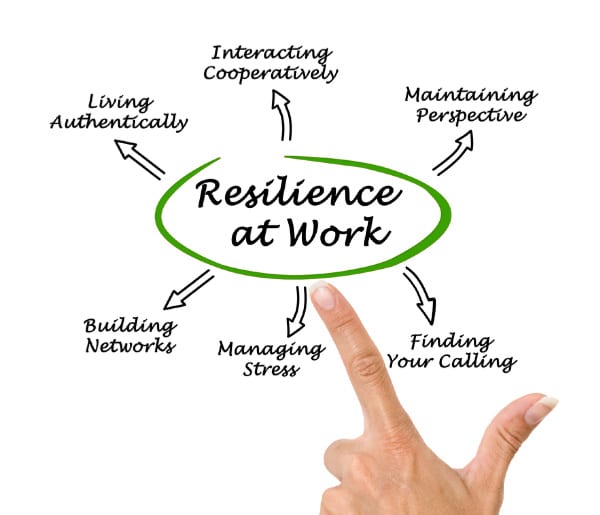edu.ayovaksindinkeskdi.id
edu.ayovaksindinkeskdi.id is an innovative online educational platform designed to cater to the diverse learning needs of students in Indonesia. This platform aims to bridge the gap between traditional classroom education…

Resilience ranks among the most sought after traits in new hires, with employing organisations around the world searching for highly resilient staff. Academic research suggests that highly resilient staff tend to outperform less resilient staff, likely because they are less inclined to give up during difficult times. More importantly however, resilient staff are far less likely to experience adverse stress related health issues, such as occupational burnout. As a result, in industries and roles which place stuff under unavoidable levels of stress, recruiting for resilience represents a moral duty on behalf of the organisation.
Contents
Because resilience is largely underpinned by personality traits or personality types, personality questionnaire show enormous utility when selecting for resilience. I always recommend these for recruitment, along with psychometric tests. In this article, I will outline how personality and resilience relate to each other, and I will highlight the specific personality traits which are predictive of a person’s resilience.
Emotional Stability is a major constituent of the Big Five model of personality, and represents a person’s propensity to remain calm, level headed, and emotionally consistent. Low scorers on emotional stability are said to be “Neurotic”, showing higher levels of stress, anxiety, depression, and negative affect. Those with higher levels of emotional stability however, are less likely to experience adverse emotional and psychological problems, remaining consistent in their mood and demeanour.
Naturally, emotional stability is key to resilience, as highly emotionally stable people will show greater resistance to negative events, challenges, and obstacles. Highly neurotic individuals however, are likely to react poorly to negative external stimuli, increasing their levels of stress and anxiety to an exaggerated degree. Although emotional stability is intrinsically connected to resilience as a psychological construct, it certainly doesn’t fully explain resilience, as it is possible for highly neurotic individuals to display resilience, despite it being harder for them to do so.
The core self-evaluations is a personality traits which explains an individual’s fundamental opinions about themselves, their sense of worth, their level of competence, and their sense of control. Those scoring highly on this trait are likely to feel confident, in control, and able to comfortably take on important challenges. Those who score low on this trait however, will feel helpless and vulnerable, holding a low opinion of themselves and their capabilities. It is no surprise therefore, that low scorers tend to experience burnout and occupational stress at a much greater rate than high scorers.
Core self-evaluations is comprised of four specific sub-facets, which include emotional stability, self-efficacy, self-esteem, and locus of control. Together, these four traits comprise an aggregate measure of the core self-evaluations, capturing the essence of resilience more comprehensively. This trait is also more closely aligned to resilience than emotional stability in isolation, as it directly impacts a person’s ability to deal with difficult situations, regardless of their emotional reactivity. However, this trait also doesn’t fully capture the complexity of resilience, as resilient individuals also display a uniquely adaptable cognitive style.
Although emotional stability and the core self-evaluations largely cover the “stress management” element of resilience, highly resilient individuals tend to display an adaptive and flexible cognitive style too. Cognitive styles (unlike cognitive abilities, such as verbal, numerical, and inductive reasoning), determine how a person thinks, rather than how well a person thinks. Highly adaptable and flexible individuals will adapt well to change, enjoying the novelty and welcoming any challenges. This mind-set allows them to spare their “stress management” faculties, as they are simply less likely to find disruptive change to be stressful in the first place.
When combined with emotional stability and the core self-evaluations, these traits in aggregate describe the nature of resilience well, and thus can be used in employee selection to identify highly resilient staff. Moreover, low scores on these three traits are likely to identify individuals who show low levels of resilience, and are thus highly susceptible to adverse stress related health issues, such as occupational burnout.
As a psychological construct, resilience is complex and multifaceted, encompassing both behavioural and cognitive elements. Highly resilient individuals have an innate resistance to stress and stress inducing stimuli, shielding them from burnout and other unwanted side-effects of stress. But resilience also holds a cognitive element, whereby individuals will simply find fewer stimuli to be inherently stressful, reducing the requirement for stress management. When people display both styles of resilience, they are maximally protected from the dangers of occupational stress, making them prime candidates for work in high pressure environments.